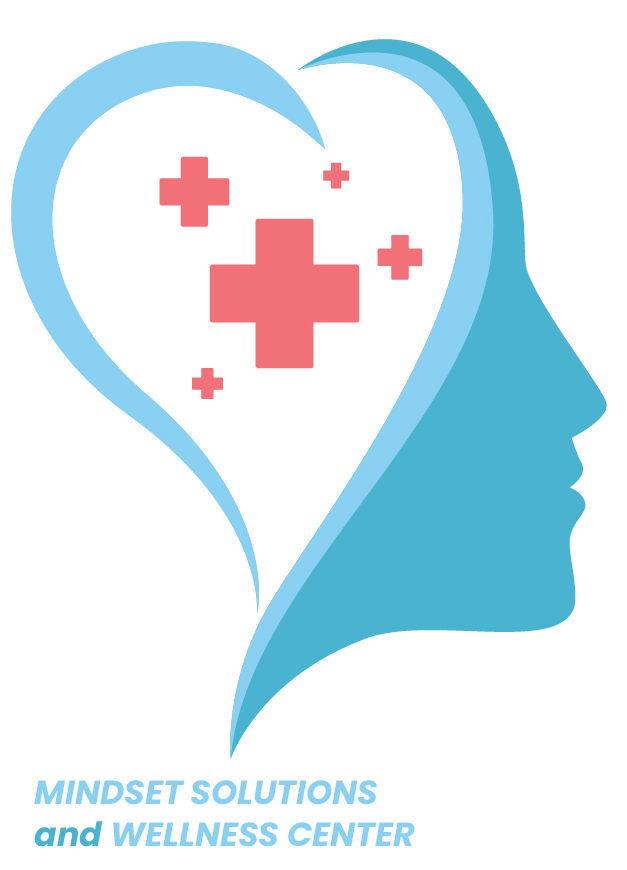Exercise Eases Symptoms of Depression and Anxiety

Exercise Eases Symptoms of Depression and Anxiety
Research on depression, anxiety and exercise shows that the psychological and physical benefits of exercise can also help improve mood and reduce anxiety.
The links between depression, anxiety and exercise aren’t entirely clear — but working out and other forms of physical activity can ease symptoms of depression or anxiety and make you feel better. Exercise may also help keep depression and anxiety from coming back once you’re feeling better.
How does exercise help anxiety and depression?
Regular exercise may help ease depression and anxiety by:
Releasing feel-good endorphins, natural cannabis-like brain chemicals (endogenous cannabinoids) and other natural brain chemicals that can enhance your sense of well-being.
Taking your mind off worries so you can get away from the cycle of negative thoughts that feed depression and anxiety.
Regular exercise has many psychological and emotional benefits, too. It can help you:
Gain confidence. Meeting exercise goals or challenges, even small ones, can boost your self-confidence. Getting in shape can also make you feel better about your appearance.
Get more social interaction. Exercise and physical activity may give you the chance to meet or socialize with others. Just exchanging a friendly smile or greeting as you walk around your neighborhood can help your mood.
Cope in a healthy way. Doing something positive to manage depression or anxiety is a healthy coping strategy. Trying to feel better by drinking alcohol, dwelling on how you feel, or hoping depression or anxiety will go away on its own can lead to worsening symptoms.
How much is enough?
Doing 30 minutes or more of exercise a day for three to five days a week may significantly improve depression or anxiety symptoms. But smaller amounts of physical activity — as little as 10 to 15 minutes at a time — may make a difference. It may take less time exercising to improve your mood when you do more-vigorous activities, such as running or bicycling.
The mental health benefits of exercise and physical activity may last only if you stick with it over the long term — another good reason to focus on finding activities that you enjoy.
How do I get started — and stay motivated?
Starting and sticking with an exercise routine or regular physical activity can be a challenge. These steps can help:
Identify what you enjoy doing. Figure out what type of physical activities you’re most likely to do and think about when and how you’d be most likely to follow through. For instance, would you be more likely to do some gardening in the evening, start your day with a jog, or go for a bike ride or play basketball with your children after school? Do what you enjoy to help you stick with it.
Get your mental health professional’s support. Talk to your doctor or mental health professional for guidance and support. Discuss an exercise program or physical activity routine and how it fits into your overall treatment plan.
Set reasonable goals. Your mission doesn’t have to be walking for an hour five days a week. Think realistically about what you may be able to do and begin gradually. Tailor your plan to your own needs and abilities rather than setting unrealistic guidelines that you’re unlikely to meet.
Don’t think of exercise or physical activity as a chore. If exercise is just another “should” in your life that you don’t think you’re living up to, you’ll associate it with failure. Rather, look at your exercise or physical activity schedule the same way you look at your therapy sessions or medication — as one of the tools to help you get better.
Analyze your barriers. Figure out what’s stopping you from being physically active or exercising. If you feel self-conscious, for instance, you may want to exercise at home. If you stick to goals better with a partner, find a friend to work out with or who enjoys the same physical activities that you do. If you don’t have money to spend on exercise gear, do something that’s cost-free, such as regular walking. If you think about what’s stopping you from being physically active or exercising, you can probably find an alternative solution.
Prepare for setbacks and obstacles. Give yourself credit for every step in the right direction, no matter how small. If you skip exercise one day, that doesn’t mean you can’t maintain an exercise routine and might as well quit. Just try again the next day. Stick with it.
Do I need to see my doctor?
Check with your doctor before starting a new exercise program to make sure it’s safe for you. Talk to your doctor to find out which activities, how much exercise and what intensity level is OK for you. Your doctor will consider any medications you take and your health conditions. He or she may also have helpful advice about getting started and staying motivated.
If you exercise regularly but depression or anxiety symptoms still interfere with your daily living, see your doctor or mental health professional. Exercise and physical activity are great ways to ease symptoms of depression or anxiety, but they aren’t a substitute for talk therapy (psychotherapy) or medications.
